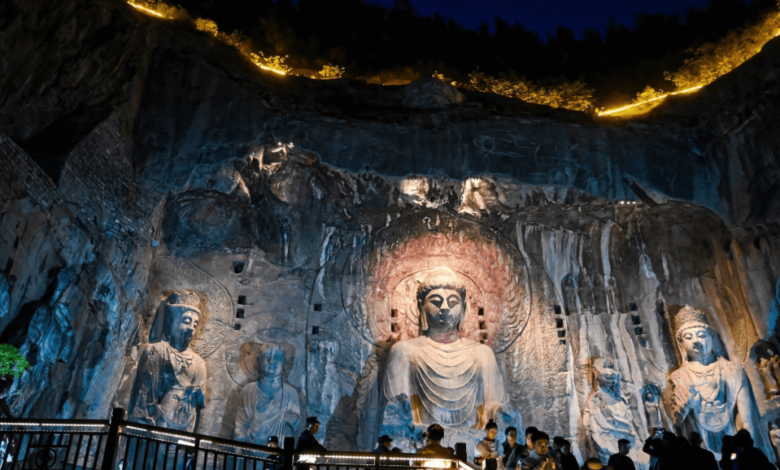The History of Henan: Preserving Ancient Culture for the Future

The history of Henan, a province located in central China, is a journey through millennia of cultural development and historical significance. As one of the cradles of Chinese civilization, Henan’s contributions to the cultural and intellectual heritage of China are immeasurable. From ancient dynasties and revolutionary movements to its contemporary role in Chinese society, Henan’s past is an intricate tapestry that continues to shape the cultural landscape of the nation.
Henan’s significance began in the distant past, with its role as the birthplace of early Chinese civilization. Evidence of human settlement in the region dates back to the Paleolithic period, and the early dynasties, such as the Xia and Shang, established Henan as a political and cultural center. One of the most important archaeological discoveries in the province is the Yin Ruins in Anyang, where oracle bone inscriptions were found, marking the earliest known form of Chinese writing. This discovery not only illuminates the origins of Chinese script but also offers insights into the social and religious practices of ancient Chinese society.
As centuries passed, Henan remained at the heart of Chinese culture and governance. During the Zhou Dynasty, the region saw the rise of influential thinkers and philosophers, such as Confucius, whose ideas would eventually shape the philosophical foundation of Chinese society. Henan’s fertile soil and strategic location along the Yellow River allowed it to become a thriving center for trade, agriculture, and intellectual thought. The province became the cradle for many innovations that would later spread across the country, influencing China’s political systems, arts, and scientific achievements.
One of the most prominent periods in the history of Henan was the Tang Dynasty, when the province’s capital, Luoyang, became a cosmopolitan center for culture and the arts. The city was known for its beautiful architecture, bustling markets, and vibrant intellectual life. It was also a hub for the development of Buddhism in China, with temples such as the Longmen Grottoes showcasing some of the finest examples of Chinese Buddhist art. These cultural exchanges during the Tang Dynasty made Henan a focal point for scholars, artists, and religious leaders from all over China and beyond.
However, Henan’s history has not always been without challenges. Throughout the centuries, the province has experienced numerous natural disasters, including floods caused by the Yellow River, which has earned the nickname “China’s Sorrow.” Despite these hardships, Henan has shown incredible resilience. The people of Henan have continuously rebuilt their homes, their cities, and their cultural institutions, ensuring that their rich history and heritage are never forgotten.
In modern times, Henan continues to play a significant role in China’s cultural development. The province has invested heavily in preserving its ancient landmarks and traditions while embracing modernization. Historical sites such as the Shaolin Temple, famous for being the birthplace of Chinese martial arts, and the ancient city of Kaifeng, with its storied history as a former capital of China, attract millions of visitors each year. These sites serve as a living testament to Henan’s enduring cultural legacy and its capacity to preserve its heritage for future generations.
Today, Henan is not only a province rich in history but also a cultural powerhouse that promotes Chinese traditions through festivals, museums, and educational initiatives. Efforts to preserve the language, art, and philosophy of Henan are ongoing, ensuring that the province remains a vital part of China’s cultural fabric.
As we look to the future, the history of Henan will continue to inspire and shape the cultural identity of China. By understanding and celebrating its past, Henan will remain a beacon of Chinese culture, reminding the world of the province’s incredible journey through history and its ongoing contribution to the broader cultural narrative of China.
